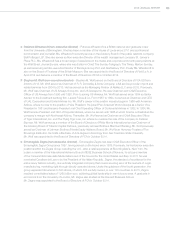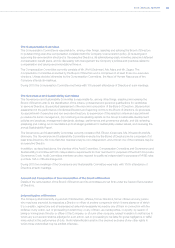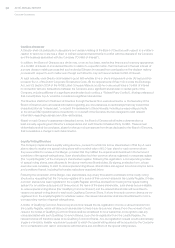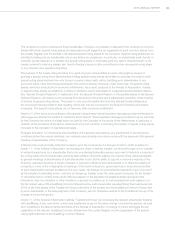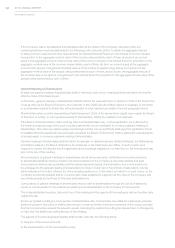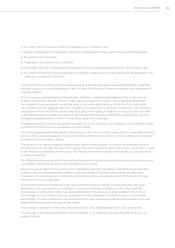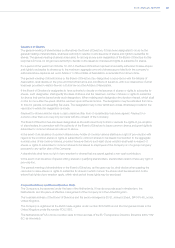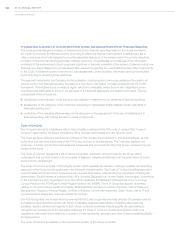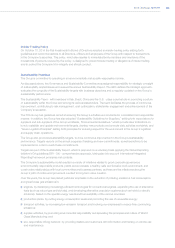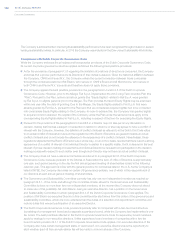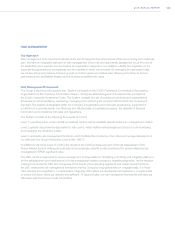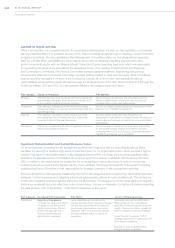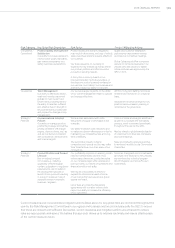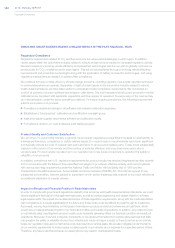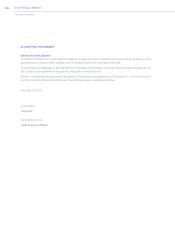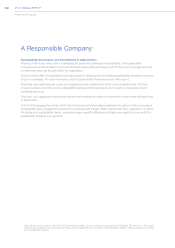Chrysler 2015 Annual Report Download - page 98
Download and view the complete annual report
Please find page 98 of the 2015 Chrysler annual report below. You can navigate through the pages in the report by either clicking on the pages listed below, or by using the keyword search tool below to find specific information within the annual report.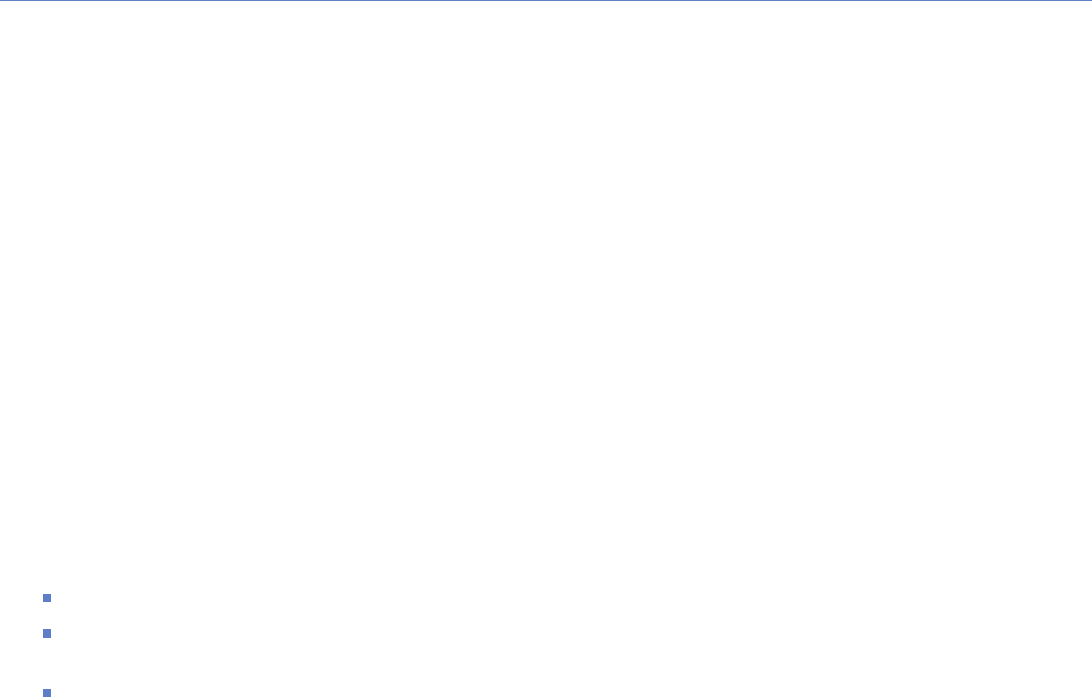
98 2015 | ANNUAL REPORT
Corporate Governance
Principal Characteristics of the Internal Control System and Internal Control Over Financial Reporting
The Company has designed a system of internal control over financial reporting based on the model provided in
the COSO Framework for Internal Controls, according to which the internal control system is defined as a set of
rules, procedures and tools designed to provide reasonable assurance of the achievement of corporate objectives.
In relation to the financial reporting process, reliability, accuracy, completeness and timeliness of the information
contribute to the achievement of such corporate objectives. A periodic evaluation of the system of internal control over
financial reporting is designed to provide reasonable assurance regarding the overall effectiveness of the components
of the COSO Framework (control environment, risk assessment, control activities, information and communication,
and monitoring) in achieving those objectives.
The approach adopted by the Company for the evaluation, monitoring and continuous updating of the system of
internal control over financial reporting, is based on a ‘top-down, risk-based’ process consistent with the COSO
Framework. This enables focus on areas of higher risk and/or materiality, where there is risk of significant errors,
including those attributable to fraud, in the elements of the financial statements and related documents. The key
components of the process are:
identification and evaluation of the source and probability of material errors in elements of financial reporting;
assessment of the adequacy of key controls in preventing or detectingpotential misstatements in elements of
financial reporting; and
verification of the operating effectiveness of controls based on the assessment of the risk of misstatement in
financial reporting, with testing focused on areas of higher risk.
Code of Conduct
The Company and all its subsidiaries refer to the principles contained in the FCA code of conduct (the “Code of
Conduct”) approved by the Board of Directors of Fiat Chrysler Automobiles N.V. last April 29, 2015.
The Code applies to all board members and officers of Fiat Chrysler Automobiles N.V. and its subsidiaries, as well
as full-time and part-time employees of the FCA Group and any of its subsidiaries. The Code also applies to all
temporary, contract and all other individuals and companies that act on behalf of the FCA Group, wherever they are
located in the world.
The Code of Conduct represents a set of values recognised, adhered to and promoted by the Group which
understands that conduct based on the principles of diligence, integrity and fairness is an important driver of social
and economic development.
The Code of Conduct is a pillar of the integrity system which regulates the decision-making processes and operating
approach of the Group and its employees in the interests of stakeholders. The Code of Conduct amplifies aspects of
conduct related to the economic, social and environmental dimensions, underscoring the importance of dialog with
stakeholders. Explicit reference is made to the UN’s Universal Declaration on Human Rights, the principal Conventions
of the International Labor Organisation (ILO), the OECD Guidelines for Multinational Enterprises, the U.S. Foreign
Corrupt Practices Act (FCPA) and United Kingdom Bribery Act (UKBA). The FCA Group has specific Guidelines
relating to: the Environment, Health and Safety, Business Ethics and Anti-corruption, Suppliers, Human Resource
Management, Respect of Human Rights, Conflicts of Interest, Community Investment, Data Privacy, Use of IT and
Communications Equipment, Antitrust and Export controls.
The FCA Group shall use its best efforts to ensure that the Code is regarded as a best practice of business conduct
and observed by those third parties with whom it maintains business relationships of a lasting nature such as
suppliers, dealers, advisors and agents. In fact, Group contracts worldwide include specific clauses relating to
recognition and adherence to the principles underlying the Code of Conduct, as well as compliance with local
regulations, particularly those related to corruption, money-laundering, terrorism and other crimes constituting liability
for legal persons.
The Code of Conduct is available on the Governance section of the Group’s website.



